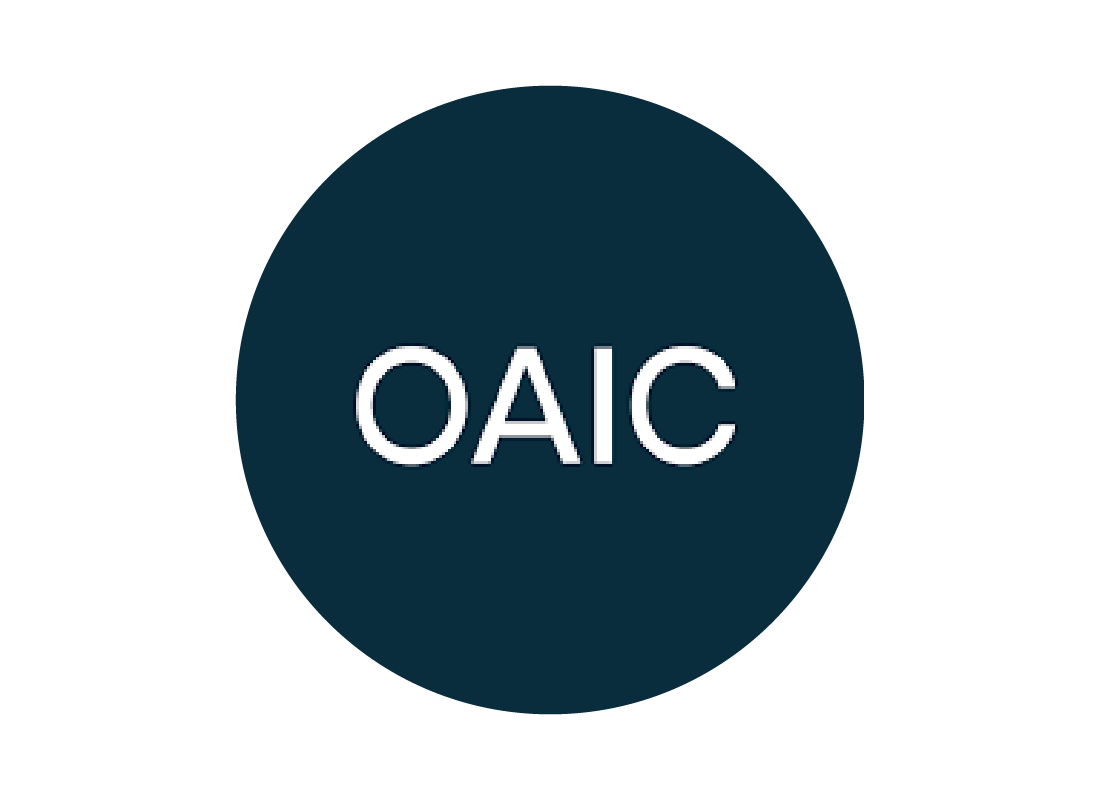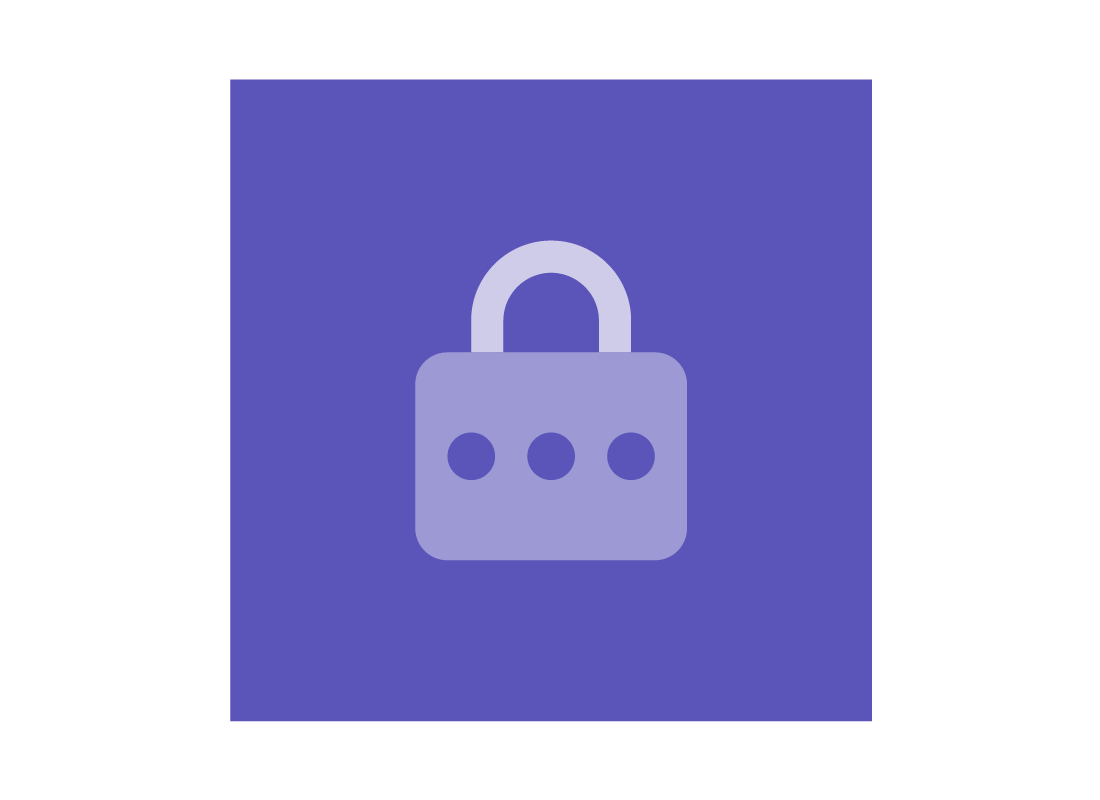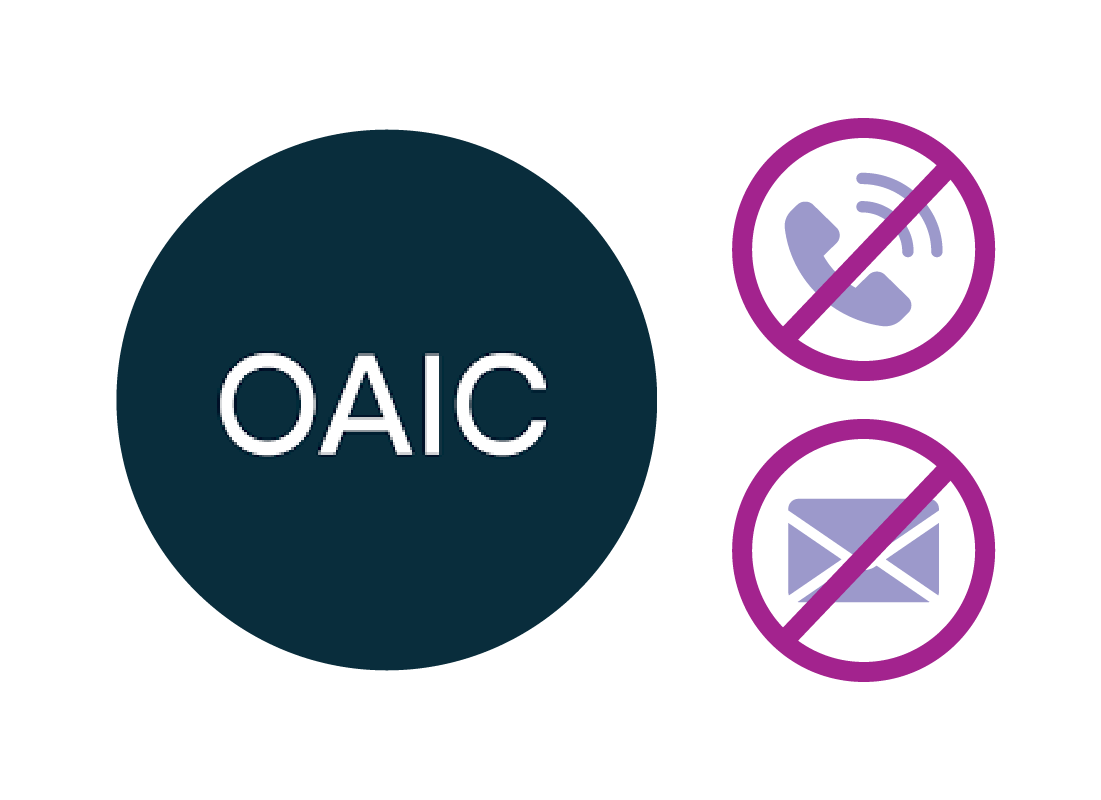How to tell if you're part of a data breach
How to tell if you're part of a data breach
What's coming up?
This activity will give you more information on how to determine if your personal information has been involved in a data breach. You'll find out where to check about data breaches, and some other ways you can keep your personal information secure.
Start activityBig data breaches are newsworthy
Usually if a large company or service provider is the victim of a data breach, this will be reported on radio, TV and online news sites, as well as major print newspapers.
In some cases, the data might be serious enough that companies must notify the Office of the Australian Information Commissioner (OAIC) and the affected customers of the breach. You might also find out about a breach when the company contacts you directly via email or post.

Smaller breaches are less visible
Some data breaches won’t get much attention and you might not be informed about them directly. This usually happens if the data breach is unlikely to cause serious harm. It's a good idea to regularly check up on your:
- private medical or health insurance
- phone provider (especially if you use a smaller one)
- internet service provider
- internet banking service
- car, property or home contents insurance provider.
Other ways to find out about data breaches
Websites such as Scamwatch, IDCare.org and, for NSW residents, ID Support may publish information about data breaches.
If the data breach is significant and likely to cause serious harm to many thousands of people, there might be special alerts or information published on your state’s government services website, or the OAIC.
How companies inform you of a data breach
Imagine that your phone provider has suffered a data breach. You may receive an email explaining the situation and telling you what steps to take to secure your information. You may also receive an SMS or text message to your phone, alerting you to the data breach.
Your phone provider will probably set up a special page on their website with all the information about the breach and instructions and advice for customers.
How companies inform you of a data breach (continued)
If the breach is very serious it might qualify as an eligible data breach. These breaches are judged as likely to lead to:
- identify theft
- financial loss through fraud
- reputational damage
- physical or psychological harm.
Companies need to notify the OIAC of these types of breaches, and you can find out more the OAIC website.
Read data breach emails and texts carefully
If you receive a text or email from a company saying your information was involved in a data breach, read it carefully and don't click any links.
Legitimate emails will tell you to visit the company's home page, or the relevant government website which has more information.

eSafety tip
Sometimes scammers will send fake data breach emails. Instead of clicking a link in the email, use your web browser to visit the company's home page directly and look for information there. Never click or tap a link in an email or text message.
More scam calls might indicate a data breach
Receiving calls and emails from scammers is common, but if you suddenly start getting more scam calls, and the scammers seem to know more information about you than usual, this can be a sign of a data breach. Remember to use the report and block features on your phone when receiving a scam call. You can learn how to do this by visiting the following Be Connected video courses:

eSafety tip
Remember that data breaches aren't personal. They are the result of large amounts of information about thousands of users being stolen from a server or database.
Your data just goes into a big list, and scammers work their way down the list, trying to trick people into one of their scams.
Your apps might notify you of a data breach
If you use an app for banking or managing your phone, or some other service, the app might occasionally display a pop-up message or notification when it opens.
It can be tempting to just close these pop ups to get on with what you were doing. However, it's best to read the pop up carefully to see if there's information about a data breach or other cyber security issue that could affect you.
It's important not to panic
A data breach can feel very personal and invasive but if you remain calm, follow advice, and remain scam-aware, it's unlikely you will lose any money. You may need to get new ID and new credit cards, which is inconvenient and a bit like losing your purse or wallet.
As long as you stay proactive and follow advice, you should be able to get back to normal quickly, with new secure ID.
Well done!
This is the end of the How to tell if you're part of a data breach activity. You've learned that data breaches must be disclosed, and where to find information about them online. You've also learned to be on the lookout for an increase in scam calls or emails.
Up next, find out more about what to do in the What steps to take if you are part of a data breach activity.
